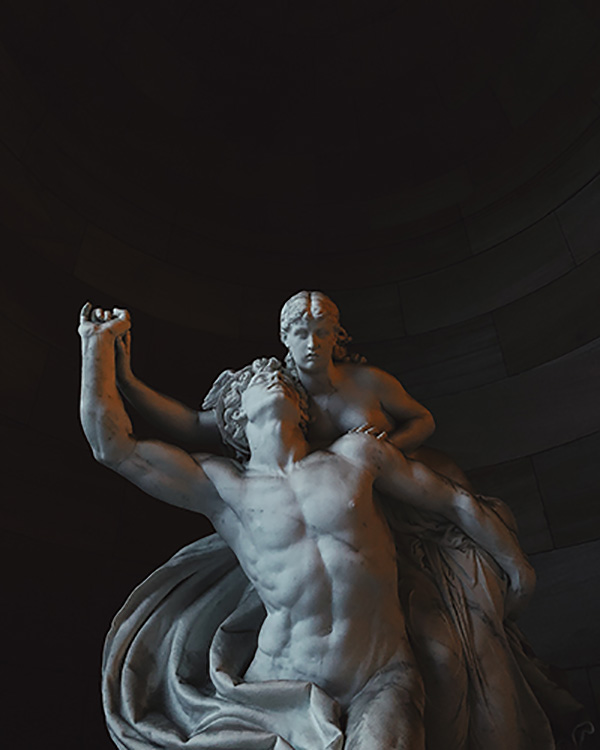
bacchantes vase, rene lalique
The Bacchantes vase of Rene Lalique’s Company depicted iconic holly figures, passionate young females and sculptural nudes on the vase’s surface. These products are still one of the bestsellers of Lalique company. In Roman religion, Bacchantes were the followers of Dionysus, the Greek god of wine and ecstasy. Lalique defined sensuality, bending movements, and unconcealed joy as flaunted visual aspects in his vase designs.
The production of Lalique’s vase used a well-known technique popular by the glassmakers and metal sculptors over many centuries. The method of the low wax casting, in French Cire Perdue, had been used in ancient times by the Romans and included the stage of the model and mould-making before wax casting. While the wax was encased and hardened in the mould and became a moulding compound, the wax melted at temperature and poured out. Lalique’s factory moulds were mainly a mixture of water, quartz and plaster. After the plaster moulds could have been able to reach their desired shape, the factory filled them with cast glass and blew them through the molten glass.
Lalique used the semi-permanent special moulds more than once. His glassworkers destroyed the plaster mould after multiple times and reproduced a new one for the next vase.
You can read more about René Lalique’s vase design. Get more information on this overview page.
Text: Lalerou
© Copyright. All
- Category: Styles of Antique and Vintage Vases
Vintage
